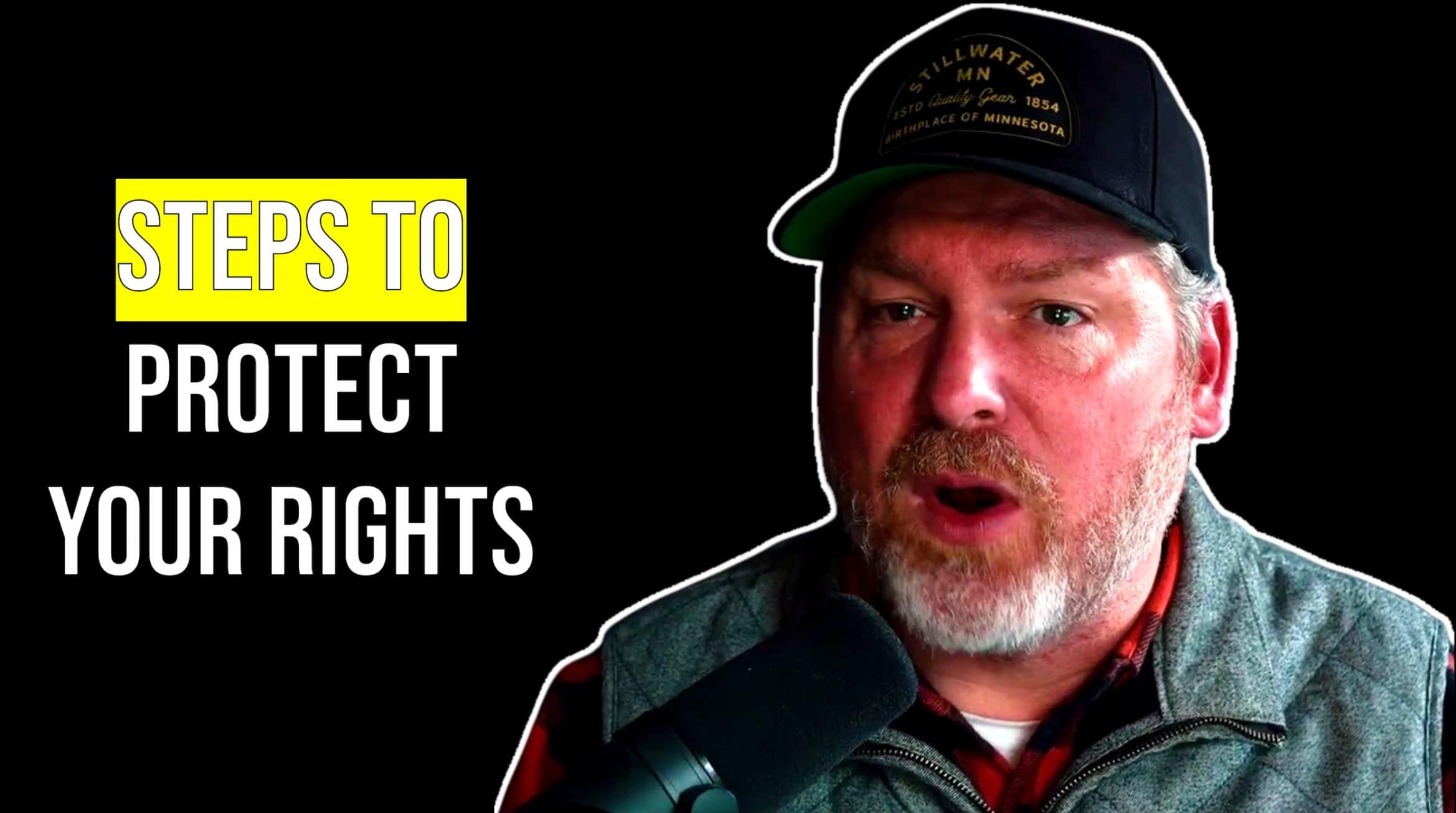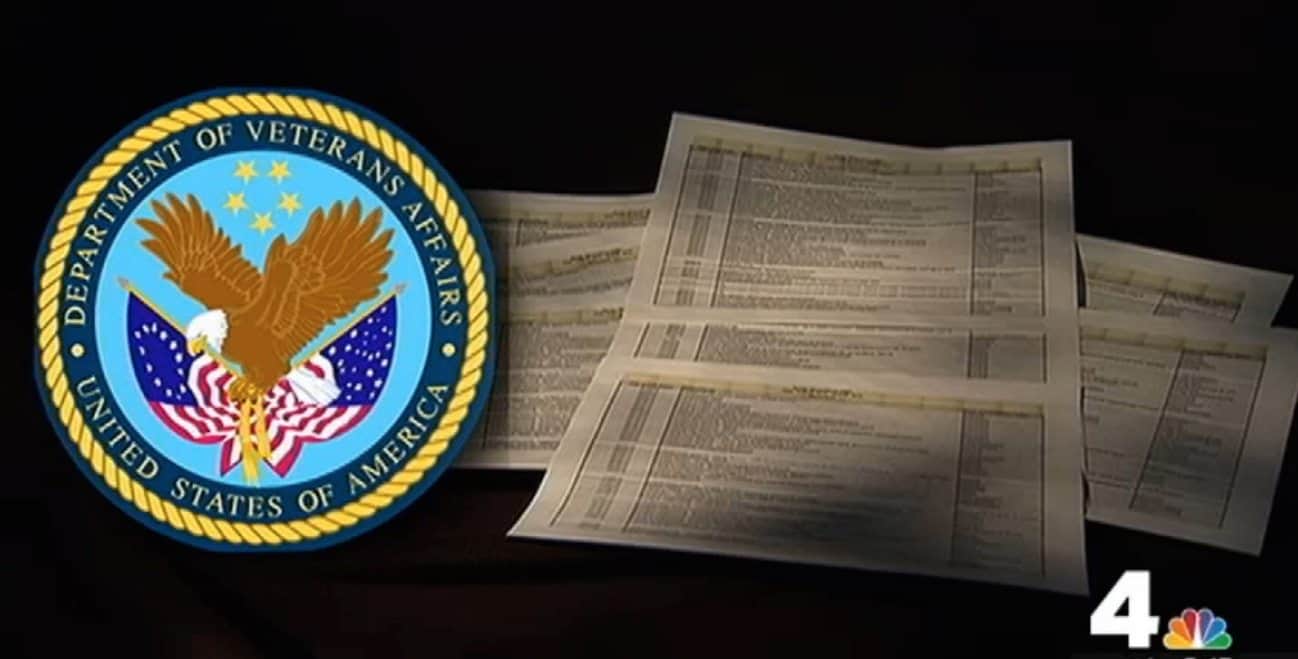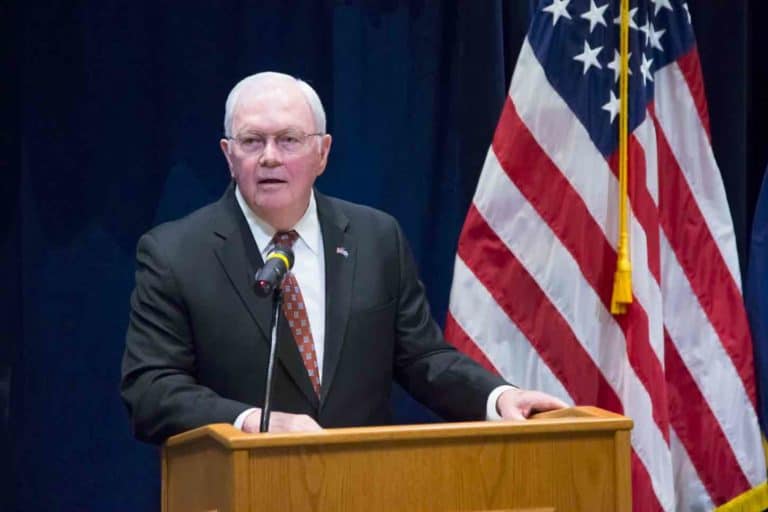VR&E Benefits Freeze Due to VA Shutdown: What Chapter 31 Graduates Can Do Right Now
Veterans who recently completed their VR&E training are unable to receive the promised support when seeking employment services post-graduation.
Guess why? Department of Veterans Affairs leadership decided to shut down the program on which the veteran relies for vocational counseling services without a replacement.
Here is how this plays out for many veterans.
Two weeks after crossing the stage, a veteran who had recently been discharged from active duty opened his laptop to send proof of graduation. On the date of his graduation, or more specifically, the date his transcripts were sent, he’d been told that once he sent his transcripts, he could get two months of job-search payments through Veteran Readiness and Employment (VR&E).
He hit “send,” waited for a reply from his counselor—and got an auto-message: “Due to the shutdown, we are not taking calls or emails.” Rent was due. The pantry was thinning.
If this sounds familiar, you’re not alone. In a recent episode of the Veteran Rights Podcast, host Benjamin Krause, a VA-accredited attorney, broke down what’s really happening inside VA during the government shutdown, how much money is at stake, and the seven steps every veteran can take now to protect their benefits.
This article builds on our earlier coverage of the VR&E backlog crisis—where thousands of cases were already delayed before the shutdown began. If you haven’t read that yet, see: Government Shutdown Deepens VR&E Backlog, Leaving Veterans Waiting.
Together, these two reports show how years of staffing shortages and policy confusion have collided with the shutdown to create the perfect storm for disabled veterans trying to transition to civilian employment.
Shutdown Leaving Some Veterans Without Pay
Introduction to VR&E Benefits
The Veteran Readiness and Employment (VR&E) program—commonly known as Chapter 31— is supposed to be a vital resource administered by the Department of Veterans Affairs (VA) to help eligible veterans with service-connected disabilities prepare for, obtain, and maintain suitable employment.
The program claims it’s designed to support veterans in achieving maximum independence in daily living and in the workforce, recognizing the unique challenges that can arise from military service and disabilities. But here’s the kicker… how many veterans actually know this program exists? And of those who do, how many get jerked around by VA’s bureaucratic maze before seeing any real help?
To qualify for VR&E services, a veteran must have a service-connected disability rating and an employment handicap that makes it difficult to secure or maintain suitable employment.
Sounds simple enough, right? Wrong.
VA “carefully reviews” each veteran’s military service, disability status, and employment history to determine eligibility—and by “carefully reviews,” they mean puts your file through a bureaucratic meat grinder that can take months or even years. Once accepted (if you’re lucky enough to make it through their gatekeeping), veterans work with a VA case manager to develop a personalized plan that addresses their specific needs and goals. Of course, that’s assuming your case manager actually knows what they’re doing and doesn’t disappear into the VA’s black hole of staff turnover.
VR&E offers a range of services, including education and training programs, job placement assistance, and a monthly subsistence allowance to help cover living expenses while attending school or training. The amount paid depends on factors such as attendance rate, number of dependents, and the type of training pursued—because God forbid VA make anything straightforward.
The program features five main tracks: Reemployment, Rapid Access to Employment, Self-Employment, Employment Through Long-Term Services, and Independent Living.
Each track is supposedly tailored to help veterans prepare for and obtain employment that matches their abilities and aspirations, ensuring they can maintain suitable employment and achieve long-term success. But let’s be real here—how many veterans have been shuffled between these tracks like a shell game, waiting months for decisions while their benefits hang in limbo?
VA loves to tout these programs on paper, but the reality for many veterans is a frustrating journey through red tape and delays that would make any bureaucrat proud.
Understanding the Benefits Freeze
A benefits freeze in the VR&E program can slam veterans for several reasons, including government shutdowns, changes in eligibility status, or lapses in participation in required employment services.
When a freeze happens—and it does happen more often than the VA wants to admit—veterans may temporarily lose access to their subsistence allowance and other critical benefits, which can create serious financial and personal stress. But hey, that’s just bureaucratic business as usual, right?
It’s supposedly important for veterans to understand the criteria and process for receiving VR&E benefits to minimize the risk of a freeze. Staying in close contact with your case manager and keeping up with all required employment services and documentation can help prevent interruptions… or so they tell you. If your benefits are frozen, VA may reinstate them once you meet the necessary criteria or the underlying issue—such as a government funding lapse—is resolved.
Notice how it’s always the veteran’s responsibility to jump through hoops while the agency sits back and slow-walks everything?
Normally, veterans facing a benefits freeze should reach out to their case manager for guidance and check the VA website for updates on their specific circumstances. But these case managers are not working.
Why? Because VA decided VR&E is not essential. Case managers at Regional Office locations across the country are no longer working.
That means veterans are not receiving promised services, and the consequence here is missed monthly payments guaranteed through Employment Services.
What Those “Two Months” Actually Are—and Why They Matter
Those post-graduation payments are formally called the Employment Adjustment Allowance (EAA).
By regulation (38 CFR § 21.268), when a veteran completes VR&E training and reaches “the point of employability,” the VA pays EAA for two months at the full-time subsistence rate that applied to the veteran’s last training track. This regulation is applicable to veterans who have completed their training and reached employability. Veterans are entitled to EAA payments if they meet the eligibility criteria, and their entitlement to EAA is based on their service-connected disability and successful completion of the program.
This isn’t a rumor—it’s written in federal law.
Krause notes that many veterans budget for those payments to cover rent and groceries while applying for jobs. When Vocational Rehabilitation Counselors (VRCs) were furloughed during the shutdown, those payments froze, leaving thousands of graduates in financial limbo. The VA calculates the EAA payment amount based on the applicable subsistence rate at the time of the veteran’s last training.
How Much Money Are We Talking About?
Two months of subsistence pay can be worth a lot—especially in high-cost cities.
For FY 2025, standard Chapter 31 subsistence rates vary depending on whether the veteran is enrolled in a training program and their attendance status (full time, half time, etc.). For example, veterans attending a training program on a half time basis receive a different subsistence allowance than those attending full time.
Rates range from $793.01 (no dependents) to $1,159.17 (two dependents), with add-ons for each additional dependent.
Many VR&E participants who also qualify for the Post-9/11 GI Bill instead receive a Basic Allowance for Housing (BAH) rate calculated based on their school’s ZIP code. Veterans attending college or university have their housing allowance determined by the location of their institution—often exceeding $5,000 per month in places like San Francisco.
Missing those two months can mean losing over $10,000 in expected income.
A Simple Script to Use Today
Krause suggests keeping calm and documenting every attempt to reach VA even though they are not working.
Use this short script:
“I completed my Chapter 31 VR&E program and submitted my transcripts, but my counselor is unavailable due to the shutdown. I need help getting my two months of job-search subsistence allowance.”
Call 1-800-827-1000 (VA National Call Center), ask for Education and Employment, and request that your call be logged in CWINRS so it can be reviewed once operations resume. Then email your counselor and [email protected] with the subject line “VR&E — EAA Request [Your Name, Last 4 SSN].”
Attach your transcripts or diploma and save a copy for your records.
Make a Paper Trail That Proves You Acted on Time
Keep every message, email, and note. Include dates, names, and summaries of calls. If your claim ends up delayed or denied, that paper trail will show you acted promptly and in good faith—key for appeals or retroactive payment requests.
Two Backup Paths Many Veterans Don’t Know About
While VR&E is under the Veterans Benefits Administration (VBA), other programs remain open. First, check with your VA Medical Center and ask for the Compensated Work Therapy (CWT) or Vocational Rehabilitation Coordinator. These programs can help with job placement, résumé building, and transitional work. Rehabilitation services exist to support veterans in job placement and independent living.
Second, contact your State Vocational Rehabilitation Office. These federally funded state agencies are still operating and offer job placement, training support, apprenticeships, and assistive technology while VA benefits are delayed. Search “Vocational Rehabilitation [Your State] site:.gov.”
Seven-Step Game Plan for VR&E Graduates
- Call VA Careers & Employment and log your EAA request.
- Email transcripts and completion proof to document your claim.
- Visit your VA Medical Center’s rehab team.
- Contact your state vocational rehabilitation office.
- Call your Senators and Representative to request a Congressional Inquiry.
- Use your school’s career services for resumé help and job leads.
- Maintain a complete paper trail of every action taken.
Why Congress Should Care
Krause warns that halting counselors and approvals will cause a VR&E backlog of missed payments, delayed tuition actions, and broken employment pipelines.
As detailed in our earlier analysis of the VR&E backlog, the program entered this shutdown with more than 10,000 pending cases and a counselor-to-veteran ratio near 1:200. The current freeze only deepens that crisis.
He urges Rep. Derrick Van Orden, who chairs oversight on the House Veterans’ Affairs Committee, to investigate how VA plans to unwind the logjam and protect disabled veterans from accruing debt during the shutdown.
Don’t Go It Alone—Connect With the Veteran Community
Join the long-running Facebook community “Disabled Veterans – Chapter 31 Voc Rehab,” now over 46,000 members strong, where veterans share updates, timelines, and tips for navigating the shutdown.
Key Facts at a Glance
EAA payments are guaranteed by 38 CFR § 21.268 for VR&E graduates.
- EAA payments are only authorized after eligibility is established and the required documentation is obtained.
- A comprehensive assessment is scheduled with a Vocational Rehabilitation Counselor to identify the veteran’s abilities and determine if a serious employment handicap exists.
- An Individualized Written Rehabilitation Plan must be developed and signed by both the veteran and the case manager before benefits can be paid.
- The goal of the program is to prepare veterans to live and work independently.
FY 2025 rates range from $793–$1,159 per month; the Post-9/11 BAH option can exceed $10,000 for two months. Keeping documentation is the strongest protection against delays. Congressional oversight may be required to clear the current VR&E backlog.
**Sources:**Veteran Rights Podcast, “Shutdown Impact on VR&E Grads” (Oct. 29, 2025) 38 CFR § 21.268 – Employment Adjustment Allowance (law.cornell.edu) VA Chapter 31 Subsistence Rates FY 2025 (benefits.va.gov) VA Post-9/11 BAH Calculator (va.gov)
Conclusion and Recommendations
The VR&E program—supposedly a “cornerstone of support” for veterans with service-connected disabilities—promises a pathway to independence and meaningful employment.
But let’s be real here…
To actually squeeze any benefits out of this bureaucratic maze, veterans better damn well understand their eligibility inside and out, know exactly what services are allegedly available, and figure out the ever-changing criteria for maintaining access to VR&E assistance. Because God knows VA won’t make it easy for you.
Working closely with your case manager? Sure, that sounds great on paper.
Together, you can supposedly develop an Individualized Written Rehabilitation Plan (IWRP) that outlines your goals and the steps needed to achieve “suitable employment” or independent living.
What does “suitable” even mean? Take advantage of VA’s resources—if you can actually access them—including job training, tutorial assistance, resume development, and health care services to strengthen your skills and prepare for the civilian workforce. The GI Bill can also be a valuable tool… as long as you did not use it.
By staying informed, proactive, and engaged with the VR&E program, veterans can allegedly overcome employment handicaps, achieve their rehabilitation objectives, and build a fulfilling post-military life. VA claims it’s committed to helping veterans and their families succeed—don’t hesitate to seek out the support and guidance you supposedly deserve as you pursue your goals.
Of course, whether you’ll actually receive that support in a timely manner… well, that’s another story entirely.





